Traveling to hunt whitetails is an incredible way to experience new places, chase bigger deer, have a great time with friends, and grow as a whitetail hunter. I started traveling to hunt in 2014 when I first went to Ohio with my Dad and friends, and haven’t taken my foot off of the gas ever since. But what should a hunting plan include when you’ll be on the hunt far from home?
Hunting your back 40 or public land close to home is great, but I’ve become a better hunter as a result of traveling to other states and figuring things out for the first time. Traveling across state lines requires more planning than your typical “backyard” hunt. It can be stressful going to a brand new place a long way from home for a week, and an out-of-state DIY whitetail hunt will, without a doubt, result in some misfortunes or unplanned events at some point along the way.
Bad situations with hunting pressure, low deer density, quality of deer, weather, and so on will come up, and the most successful hunters find ways around these obstacles. I’ve found that being organized with my gear and having a solid hunt plan reduces stress and helps me adapt on the fly with ease. Here’s what every good hunting plan should include.
Importance of a Hunt Plan and How to Build One
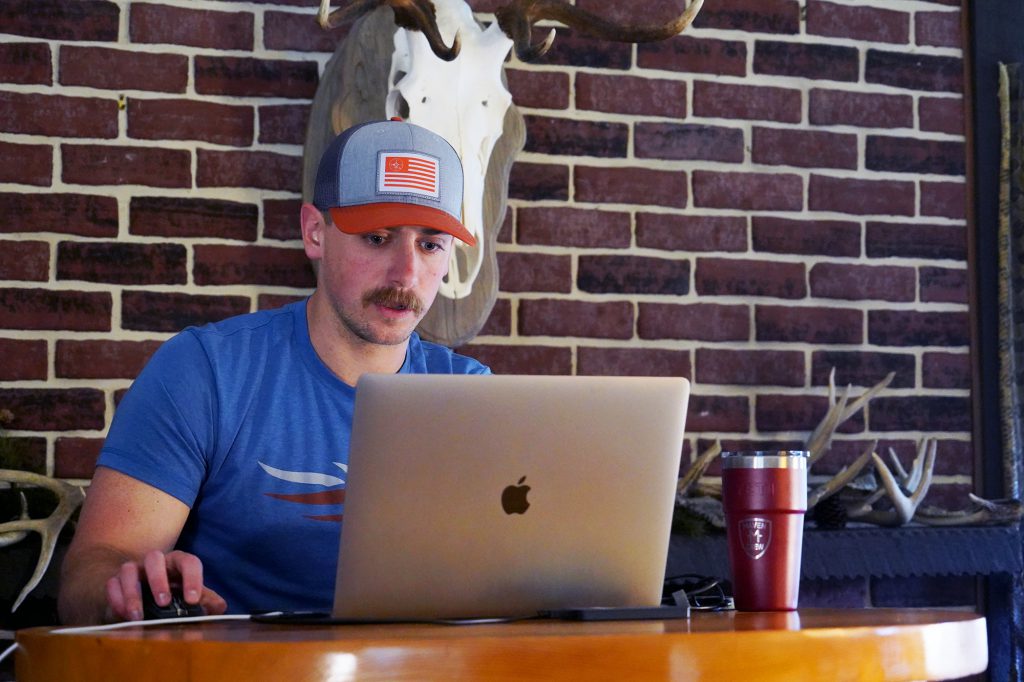
Creating a hunt plan will not only keep you organized but will also become a blueprint for your hunt itself. I create plans for all of my hunts, from Western elk hunts to whitetail hunts and everything in between. Hunting plans can be as simple or as detailed as you’d like but should have some key components for success.
When it comes to an out-of-state DIY hunt, you should choose three to five larger areas as your focal points. Find these areas via digital scouting with one of the many mapping programs out there. If you can get boots on the ground and do some actual scouting, even better.
These areas could be state forests, national forests, private land open to public hunting, or multiple private properties that you’ve gained access to. While e-scouting these locations, it’s important to mark waypoints like access locations, campgrounds, food sources, pinch points, terrain features, and other key areas of interest.
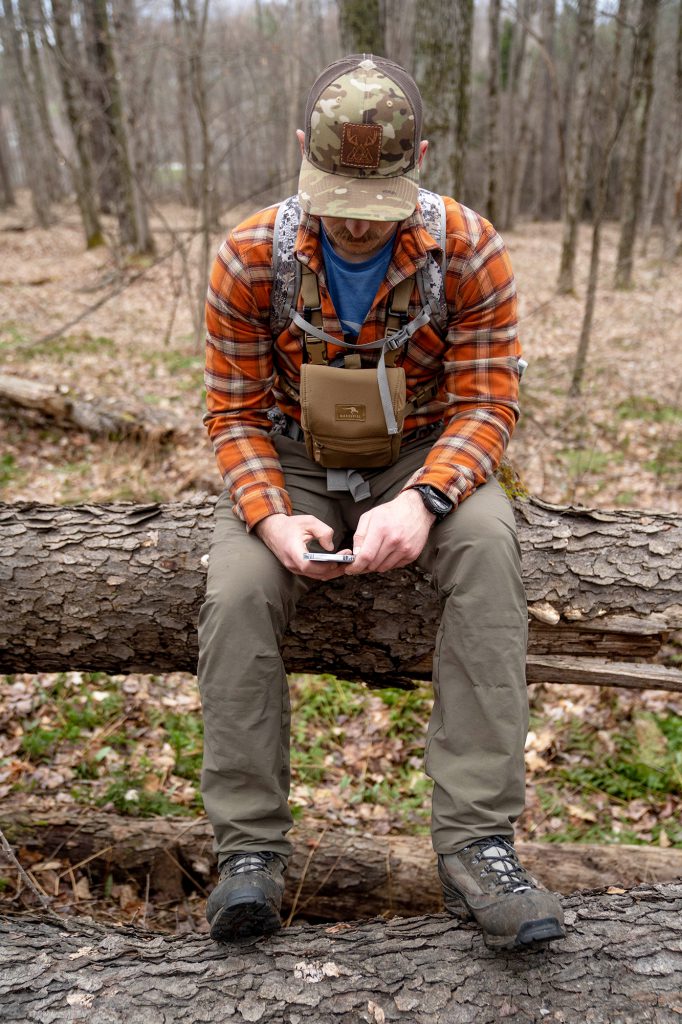
E-scouting is pretty standard prep when it comes to any hunting trip, but where you find success in your planning is by adding this information into a Google Doc or Microsoft Word document that you can save for offline use and print out to keep with you.
You can break this document into one page for each hunting area, each with the following components:
Places to Stay
Where you sleep at night will depend on your budget and the experience you are looking for. It could be a hotel, an Airbnb rental, a cabin, a campground with electric hookups for your camper, or a primitive campsite in a tent.
Log addresses and any relevant information needed for specific locations. If you are going the luxurious route of a place with four walls and a roof that requires a reservation, make sure to have those details ironed out well ahead of time and have the places booked. Never assume there will be something available.
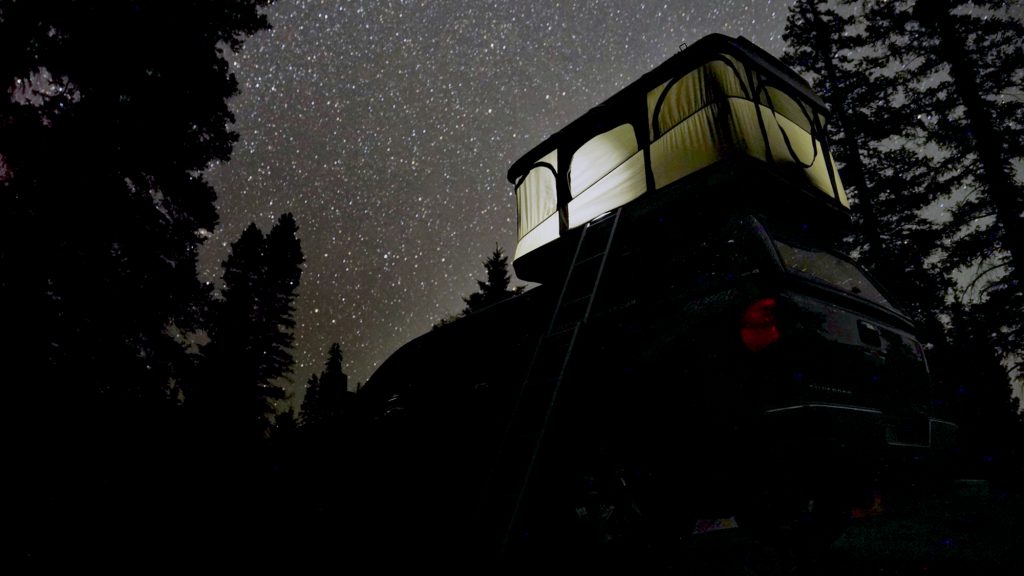
Specific Hunting Locations
Within the larger hunting area, break down the key areas of interest that you want to scout or hunt. The three-to-five locations rule applies to specific locations, too.
This can be a description rather than writing down grid coordinates. You should have the GPS coordinates already marked in your hunting app. List these in order of priority and importance. When you are actively hunting and need a change of pace, it will make the decision of where to go next a lot easier. Things will come up that might change the priority, but this will give you the framework necessary to have multiple options.
You can also log any pertinent details from the e-scouting you did months earlier for each specific hunting location. Those details can include:
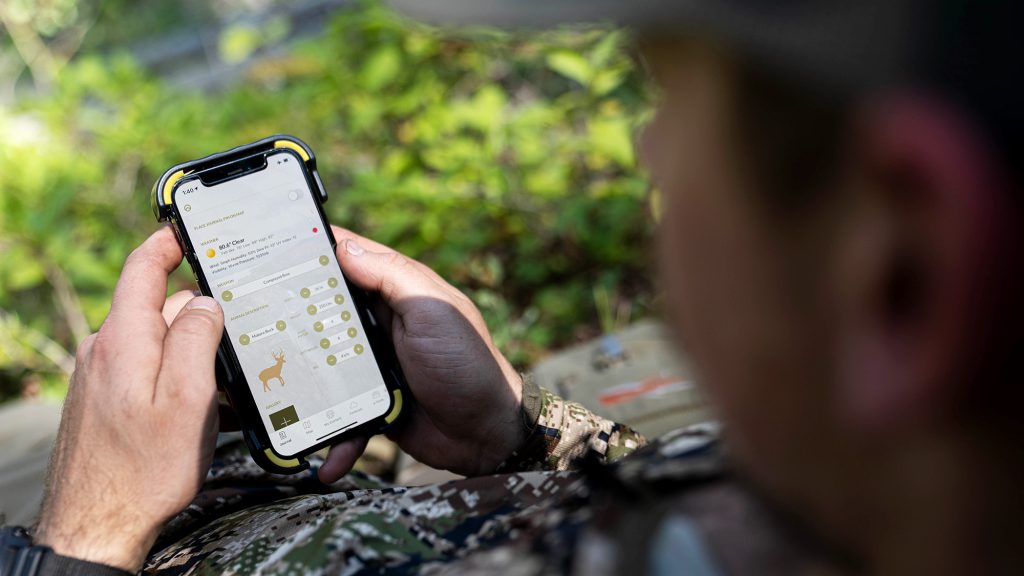
Food Sources: Crop fields, food plots, logging cuts, oak flats.
Bedding Areas: Thickets, points of ridges, additional cover.
Potential Setups Depending on Wind: Pinch points, travel routes, community scrapes, vegetation, and terrain edges.
Access Points and Routes: How you will enter and leave these areas.
Plans to Scout or Hunt: Additional notes on your strategy to hunt and scout the area.
After recreating these notes for all of your hunting areas, you will have a solid framework for your actual hunt plan.
List of Addresses
A list of important addresses is something you should always include in your hunting plan, and keep it with everything else in your truck. Keep a copy in your first aid kit, too. It should include at a minimum:
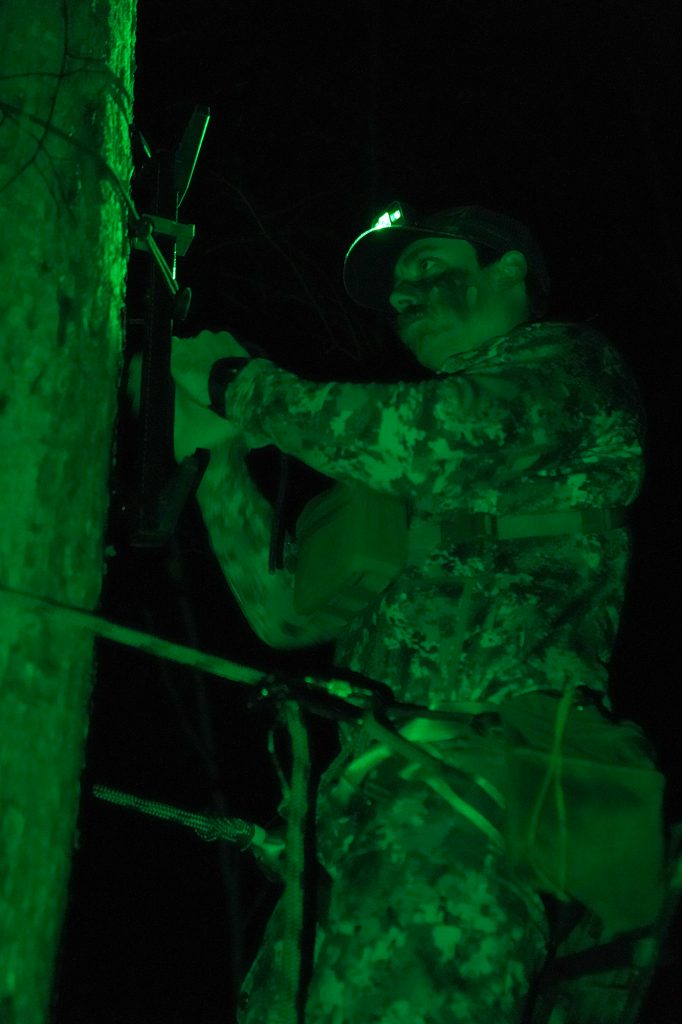
- Nearest Hospital and Urgent Care: This is always at the top of my list and even though you hope to never need this info, it’s better to have it on hand. On a recent mule deer hunt in Colorado, unfortunately I had to refer to my list to find the nearest hospital. It happens.
- Nearest Food and Grocery Stores: Whether you need groceries for camp or to find a place to celebrate killing a buck with a cold beer and some cheap wings, you’ll need to know where nearby stores and watering holes are. If you really like celebrating, it might not be a bad idea to list a liquor store, too. Again, don’t always count on cell reception.
- Taxidermists: With CWD regulations restricting what deer parts you can take back home across state lines, having a local taxidermist at the ready is a good idea. I would recommend calling them ahead of time and getting their cell phone number.
Many times, they are hunters and will be out in the woods at the same time you are, so being able to text or call them can help get things done. If you have a taxidermist back home that you prefer, many taxidermists can still help you prepare your cape, skull, and whatever else is needed before you head home.
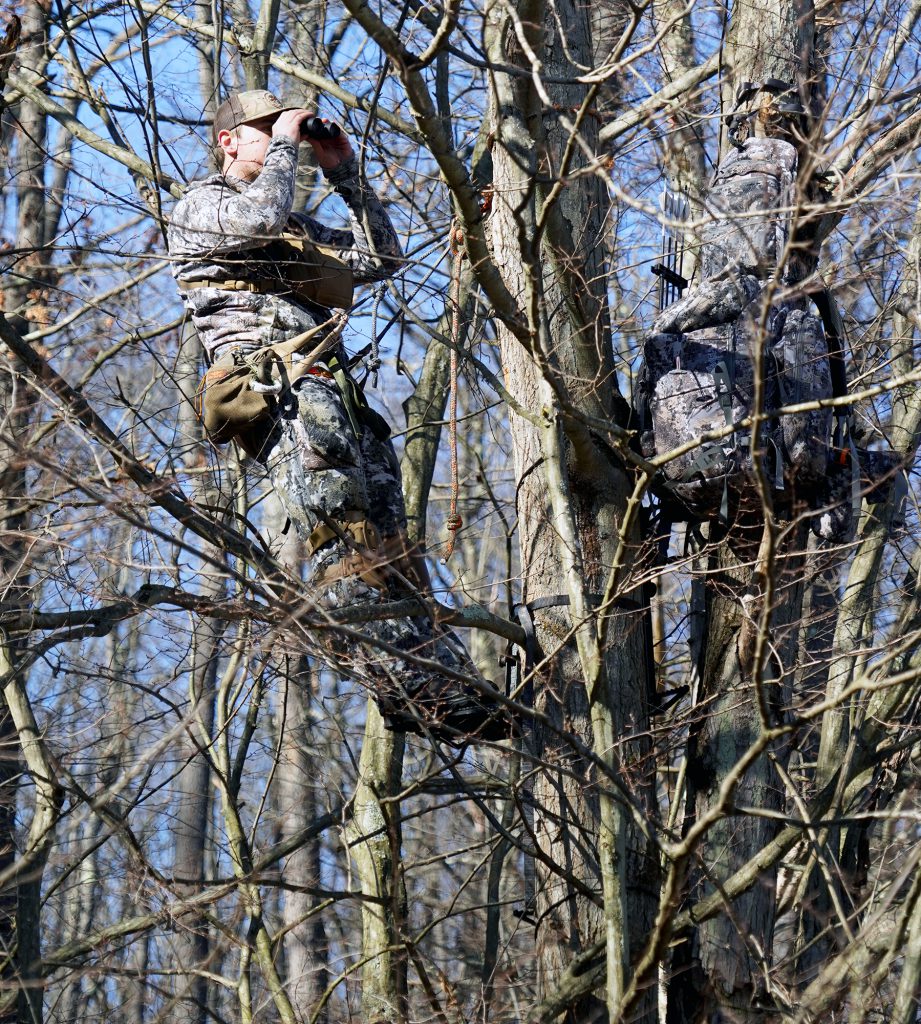
- Butcher Shops: I’ve found that butcher shops can be tough to find online. A local taxidermist can usually help you locate a good butcher shop in the area. Butcher shops will often let you rent cooler space, even if you want to process your own game meat at home.
- Gas Stations: Depending on the remoteness of your hunting area, gas stations may not be around every corner. Make a list of nearby gas stations and their addresses to ensure you are not driving in the wrong direction with your precious last gallons of fuel.
- Hotels: Even if you are camping, sometimes a hot shower and recharge in a somewhat comfy bed for a night or afternoon will bring your spirits up enough to keep pushing until the final bell rings.
- Laundromats: Scent control is important in the whitetail woods, and after days of hunting and camping, you’ll probably start to ripen. Bring your quarters and utilize the local laundromat at night. If you are lucky, they might even have a shower, too.
- Emergency Contacts: List your personal emergency contacts with their phone numbers so that your hunting partners can call if things go haywire.
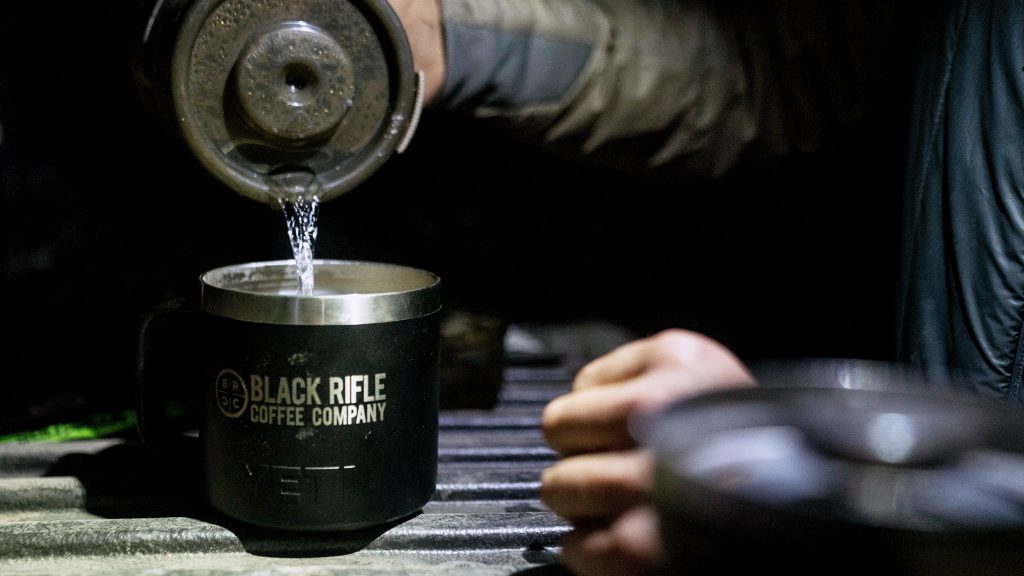
Keeping It Analog
With smartphones, I feel as if people have become too lazy with their planning. You can look anything up on the fly at any time, which is all fine and dandy until you don’t have cell service. The old-fashioned way of writing things down will make things much easier and give you a hard copy backup that could become invaluable.
Hunts rarely go as planned, so having a bulletproof hunt plan will leave you feeling confident about the roadblocks and allow you to focus on accomplishing your goals.
Read Next: More great hunting stories from Beau Martonik.

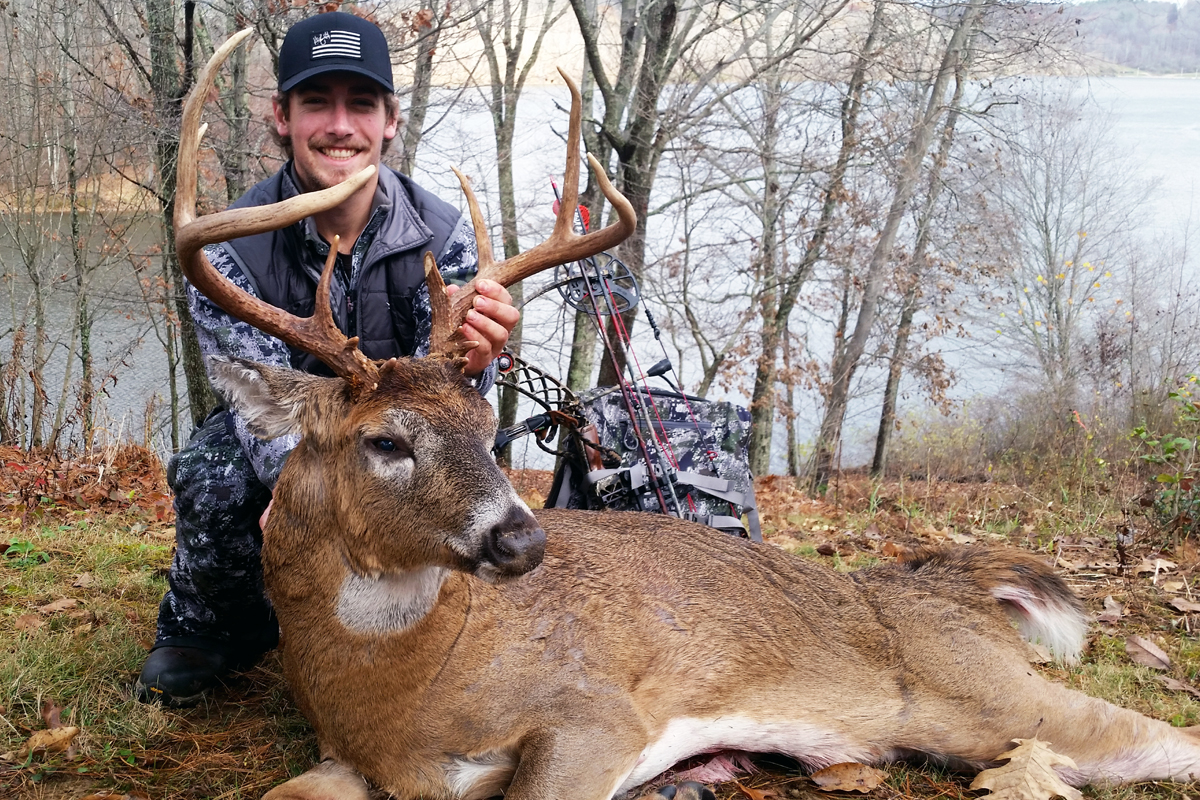
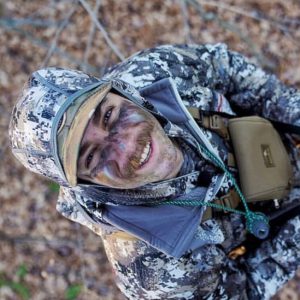





Comments